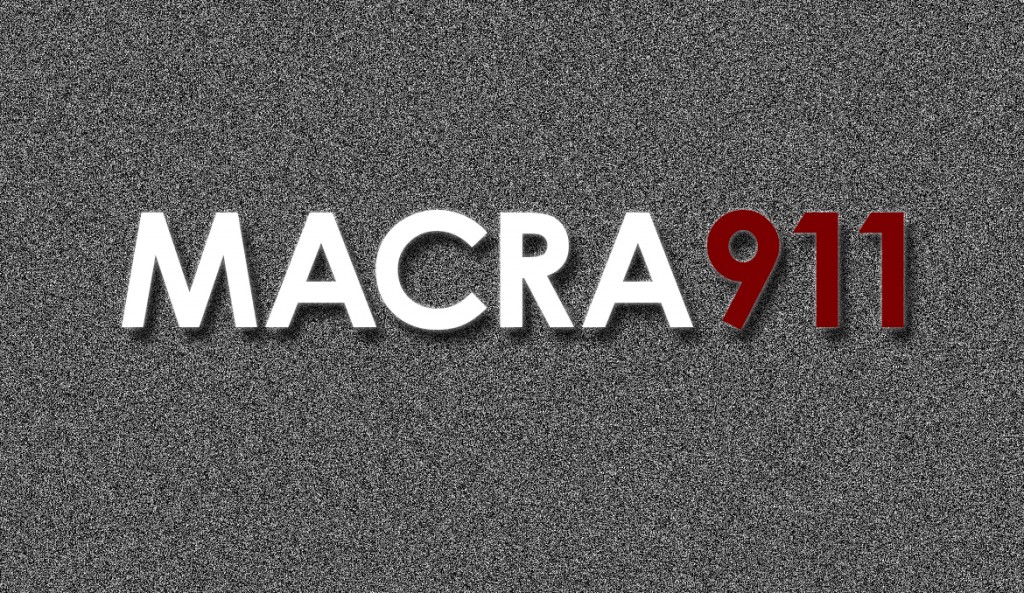Category: MACRA
-

ABCs of MACRA
MACRA may sound like a word jumble with terms like MIPS, APM, QPP, ACI, CPS, VBP, and so on. Unfortunately, a majority of physicians are unaware of how this new payment system will affect their practices, so making sense of these acronyms is just the beginning. MACRA did more than replace the Sustainable Growth Rate…
-

-

MACRA Education from the AMA
The American Medical Association is offering several educational opportunities to help physicians understand the requirements of the new Quality Payment Program (QPP) that was created by the Medicare Access and CHIP Reauthorization Act (MACRA). The sessions have been scheduled to give physicians an understanding of what the final rule means for their practice and what…
-

What You Said About MACRA…
Just a few weeks ago, the Department of Health & Human Services dropped the finalized Medicare Access and CHIP Reauthorization Act of 2015 (MACRA) rule – a landmark new payment system moving health care to a merit-based payment system. The rule, weighing in at almost 2,400 pages, has garnered more than 4,000 public comments since…
-

CMS Releases MACRA Final Rule
*Editor’s Note: The Medical Association will be studying the just-released MACRA rule and will be providing additional info as it becomes available. The Association and MGMA will co-host a free webinar, “MACRA: Essential Strategies in Economic Reform” on Nov. 7 from 12 p.m. to 1:30 p.m. Click here for more information. On Oct. 14, the…
-

MACRA 911: Will MACRA Make Interoperability Better?
In September, CMS Acting Administrator Andy Slavitt in a bold and surprising move announced that physicians will have more options to comply and avoid a negative payment adjustment in 2019. Just a few months ago CMS was considering delaying the implementation of the Medicare Access and CHIP Reauthorization Act, which is set to start Jan.…
-

MACRA 911: Will MACRA Make Interoperability Better?
In September, CMS Acting Administrator Andy Slavitt in a bold and surprising move announced that physicians will have more options to comply and avoid a negative payment adjustment in 2019. Just a few months ago CMS was considering delaying the implementation of the Medicare Access and CHIP Reauthorization Act, which is set to start Jan.…